- Overview
- Trip Outline
- Trip Includes
- Trip Excludes
- Gallery
- Reviews
- Booking
- FAQ
Itinerary 8 days - A
Itineraries
SATURDAY
BALTRA ISLAND – SANTA CRUZ: HIGHLANDS
-Arrive Baltra airport.
-Reception at airport.
-Transfer IN.
-Welcome on board Galaxy Cruise.
-Welcome drink and lunch.
Arrive to Baltra Island. This island is known to be inhabited by militaries only. On this island is located one of our mains Galapagos airports. Once you arrive your guide will be waiting for you. Transfer to Santa Cruz Island, we cross the Itabaca Chanel (from airport to this place is around 15 minutes), after this we take our private bus to Puerto Ayora.
Once we arrive to Puerto Ayora, we will go direct to Galaxy Yacht: cabin accommodation and take lunch. After lunch, our first visit is HIGHLANDS OF SANTA CRUZ,where we have a trekking and we will find the giant tortoises in their natural habitat, this is a natural spectacular. For this visit, we recommend good walking shoes, long pants, a raincoat, a hat, and sunblock. Return to Puerto Ayora. In the evening, there will be a welcome cocktail and the formal presentation of the crew by our captain. There will also be a briefing for the following day. Dinner.
SUNDAY
ISABELA ISLAND
TINTORERAS: Located in the bay of Puerto Villamil, this small island, surrounded by calm, turquoise waters has an easy trail with great landscapes and very interesting fauna. Along the trail we will see large numbers of Marine Iguanas basking in the sun, lava lizards, herons, gulls and sea lions. In the coves, it is easy to find Sea Turtles, rays and even penguins. Among the many inlets and channels on the coast, we sometimes see White-tipped Reef Sharks (in Spanish “Tintoreras”). Following the excursion, we will return to the boat for breakfast and sail to our next destination.
MORENO POINT: After lunch, we will disembark at Moreno Point which is located near Elizabeth Bay on the west coast of Isabela Island. The plethora of birds seen during a dinghy ride along the striking rocky shores or a hike along a path through lava rock leading to tide pools and mangroves, create a birdwatcher’s delight. In the tide pools, green sea turtles or white-tip sharks can be spotted.
MONDAY
ISABELA ISLAND
ELIZABETH BAY: This is one of the island’s breeding sites for penguins. Located on the west coast of Isabela, Elizabeth Point is a marine visitor site. Visit Red Mangrove Cove: Brown pelicans, flightless cormorants, spotted eagle rays, golden rays and sea lions are often seen. Lunch.
URBINA BAY: this place is located at the base of Alcedo Volcano between Elizabeth Bay and Tagus Cove. Wet landing. Trail length is around 3.20 Km; during this walk, we can observe land iguanas, hawks, and tortoises. It is also possible to see red and blue lobsters. Dinner.
TUESDAY
ISABELA ISLAND & FERNANDINA
ISABELA ISLAND: TAGUS COVE: It is located to the west of Darwin Volcano on Isabela Island. While walking, we will find several inscriptions (names of pirates) dating back to the 1800’s. From here, we can see Darwin Lake, a salt water lake with a depth of approximately 9 m. It contains no fish. It is very common to see a variety of bird species. Lunch.
FERNANDINA ISLAND – ESPINOZA POINT: Fernandina is the third biggest island in the Galapagos and has only one visiting site: Espinoza Point, famous for the large colonies of marine iguanas and the home of the flightless cormorant, the Galapagos penguin, snakes, and more.
From Espinoza Point, we can admire the beauty of Fernandina Island and its volcano which last erupted in May of 2005. Fernandina is the only island that doesn’t have mammals and the open areas are extremely fragile. From January to June, the nesting period of the marine iguana, we take great care when walking.
Return to Galaxy. Dinner.
WEDNESDAY
SANTIAGO ISLAND
EGAS PORT: Here we find a beautiful black sand beach; to the south of the beach is the Pan de Azucar Volcano, whose volcanic deposits have contributed to the formation of the black sand beach. The crater of this volcano contains a saltwater lake that dries up during hot weather. Between 1928 and 1930, explorations to develop a salt mine were carried out, but it was decided that a mine was not feasible.
The workers’ use of endemic woods also damaged the environment and the development was scrapped. Descent to the salt mine is not allowed.
Return to Galaxy. Lunch
SANTIAGO ISLAND: ESPUMILLA BEACH & BOUCANIER COVE: The main attractions include Palo Santo Wood, the beach, and the stunning landscape; the beach is a very important site for tortoises because they use this place for nesting.
Once time, the pigs were the main predatory of tortoise’s eggs; pigs were eradicated with the creation of Isabela Project.
THURSDAY
DRAGON HILL – SANTA CRUZ ISLAND: BLACK TURTLE COVE
DRAGON HILL: Dragon Hill visitors’ site is located in the northwestern region of Santa Cruz Island. It consists of a 1,600 m long trail running through 3 different environments.
In 1975, it was one of the only places on Santa Cruz Island where healthy land iguanas (Conolophus Subcristatus) could be found. That same year, the Galapagos National Park and the Charles Darwin Foundation initiated a program to conserve land iguanas.
In the lagoons found here, there are shrimp (Artemia salina), the food of the flamingos. At certain times of the year, the shrimp are more abundant and the flamingo population increases. Lunch.
BLACK TURTLE COVE: After lunch our first visit is to Black Turtle Cove which is situated in the northern region of Santa Cruz. This bay is surrounded by mangroves and is accessible only by dinghy only. The shallow cove is a safe refuge for marine life. Black-tip reef sharks, marine turtles, and a variety of rays are often spotted here. Dinner.
FRIDAY
RABIDA ISLAND – CHINESE HAT
RABIDA ISLAND: The visitor site, located on the east coast of Rabida Island, consists of a red sand beach, a coastal lagoon behind the beach, and a loop trail of approximately 1.1 km length.
The red color of the rocks and sand on the beach is due to the interaction of the very porous volcanic material with environmental factors. Rain, salt water and the sea breeze, act as oxidizing agents, creating the red color. The scenery, arid zone vegetation and the presence of native and endemic species, add to the beauty of this island. Lunch.
CHINESE HAT: A small islet located near the south-east coast of Santiago. It’s shaped like a Chinese hat when seen from afar. It is an island consisting of a cone type “Splatter” (lava ejected as drops and falls close to where it came from, which forms an inclined cone) that forms the summit and many lava tubes that go down to the coast.
On the west side you can see pillow-type lava formations, which are an indicator that the flows were formed under the sea and have been raised upward, which is why coral heads are found on the lava. This visit provides an excellent opportunity for the interpretation of geological features such as lava tubes and lava flows.
The trail is 700 m (round trip) and the minimum time it takes this trek is 30 minutes.
SATURDAY
NORTH SEYMOUR ISLAND
NORTH SEYMOUR: dry landing. Seymour was formed by the lifting of volcanic marine lava. Marine fossils dating back to the Pleistocene period were found on this island.
In 1932, Captain Alan Hancock and his crew took 72 malnourished land iguanas from Baltra Island to North Seymour Island so that the iguanas could live in better conditions. In 1934, colonists verified that the iguanas were in good condition.
The vegetation of North Seymour is bushy and is host to nesting Real Frigates of the Galapagos. Transfer to the airport.
** This itinerary is subject to change without notice; due to seasonal changes, weather conditions or Galapagos National Park regulations. **
- Airport assistance
- Transfers in Galapagos
- Accommodation in double cabin
- All meals during the cruise
- Naturalist Bilingual Guide
- All visits and excursions according to the itinerary
- Snorkel Gear (mask, tube and fins)
- Kayaks, paddle boards
- Unlimited purified water, coffee and tea
- Wetsuits, soft drinks, beach towels
- Local flight to/from Galapagos
- Galapagos National Park Entrance fee
- Galapagos Transit card
- Alcoholic drinks
- Tips
- Local Taxes
- Travel Insurance
- Service do not specified
No Details Found




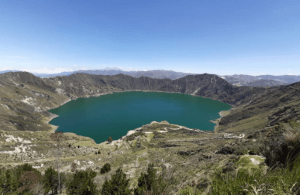


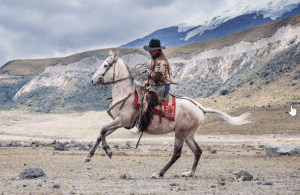
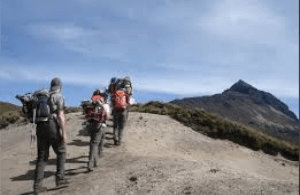

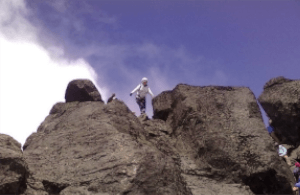

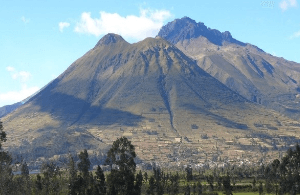
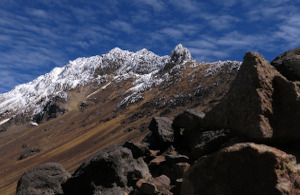
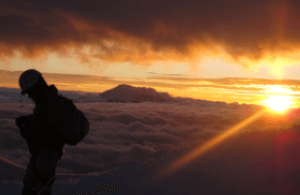

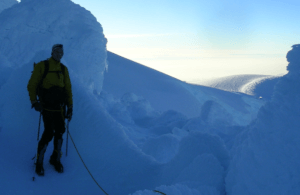





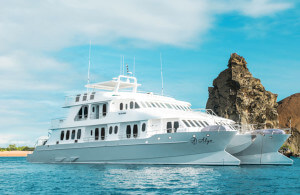
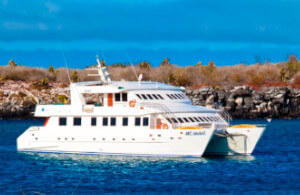


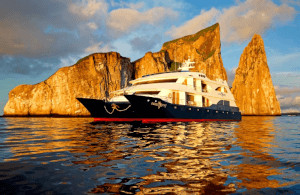


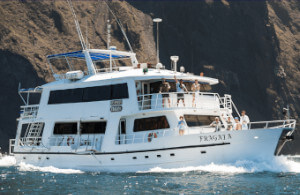

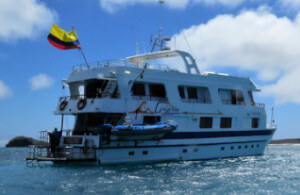
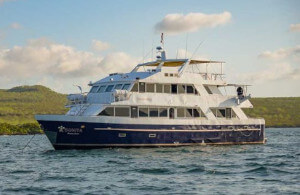
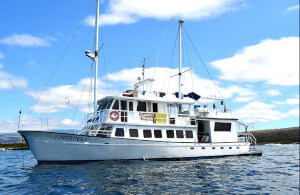



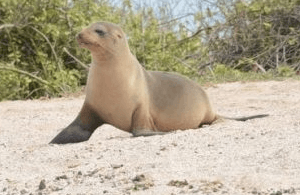
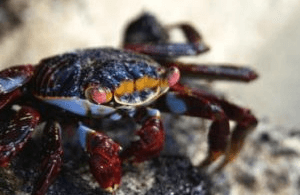

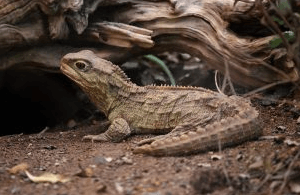
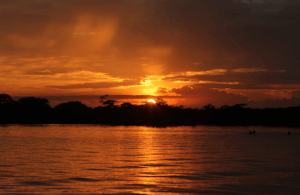


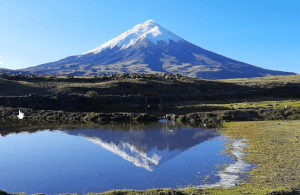
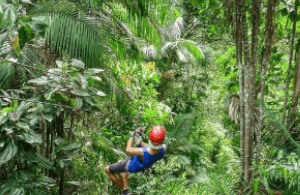


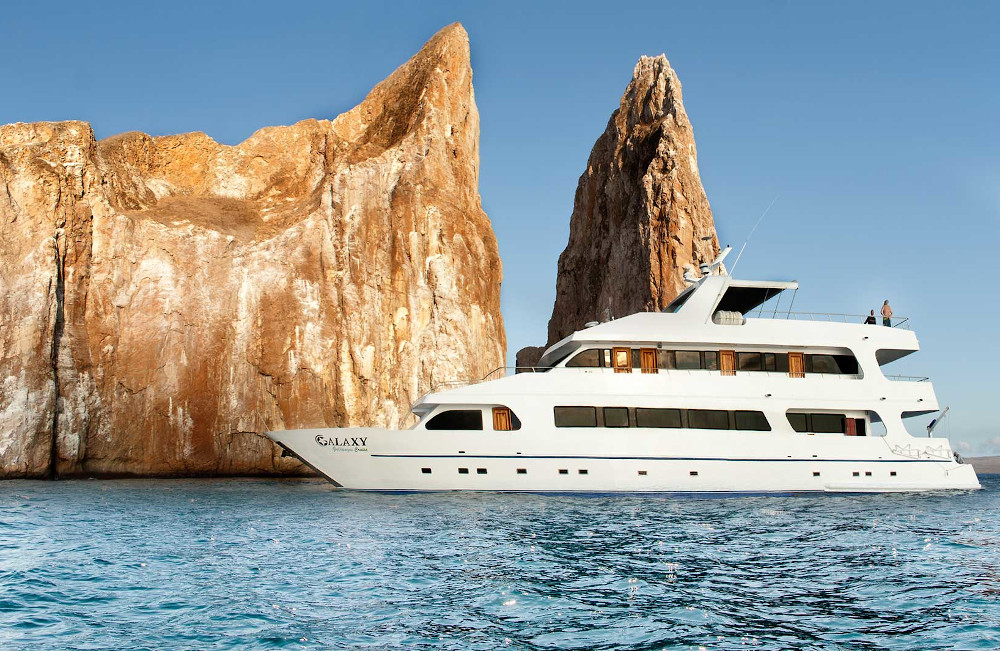
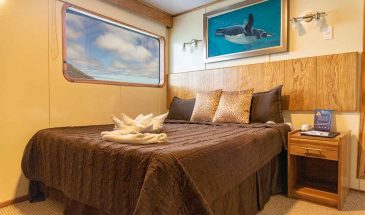

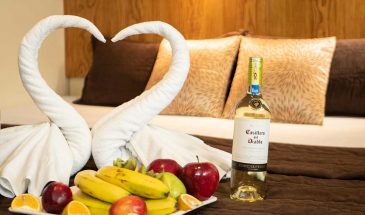
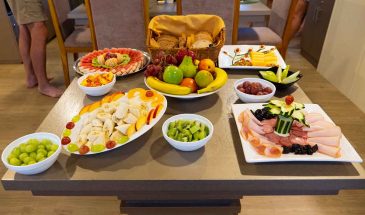



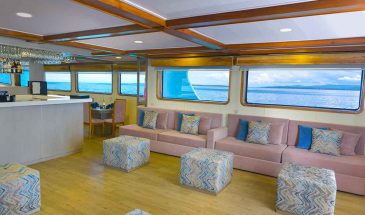
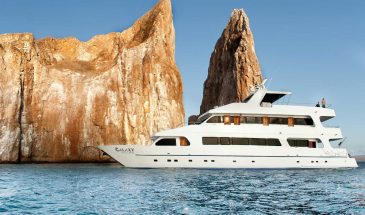



There are no reviews yet.